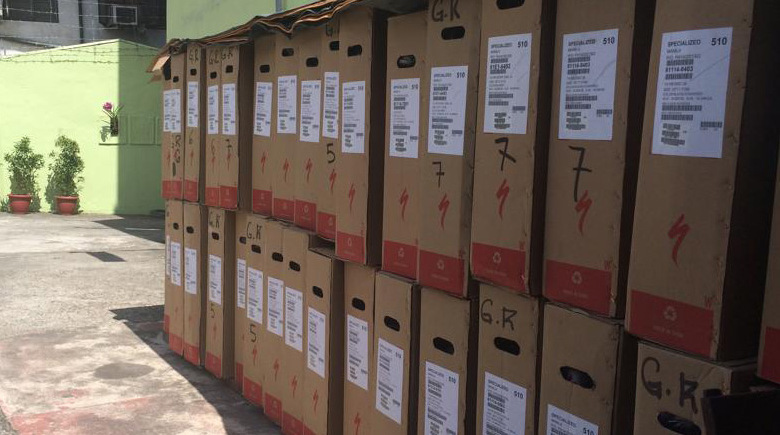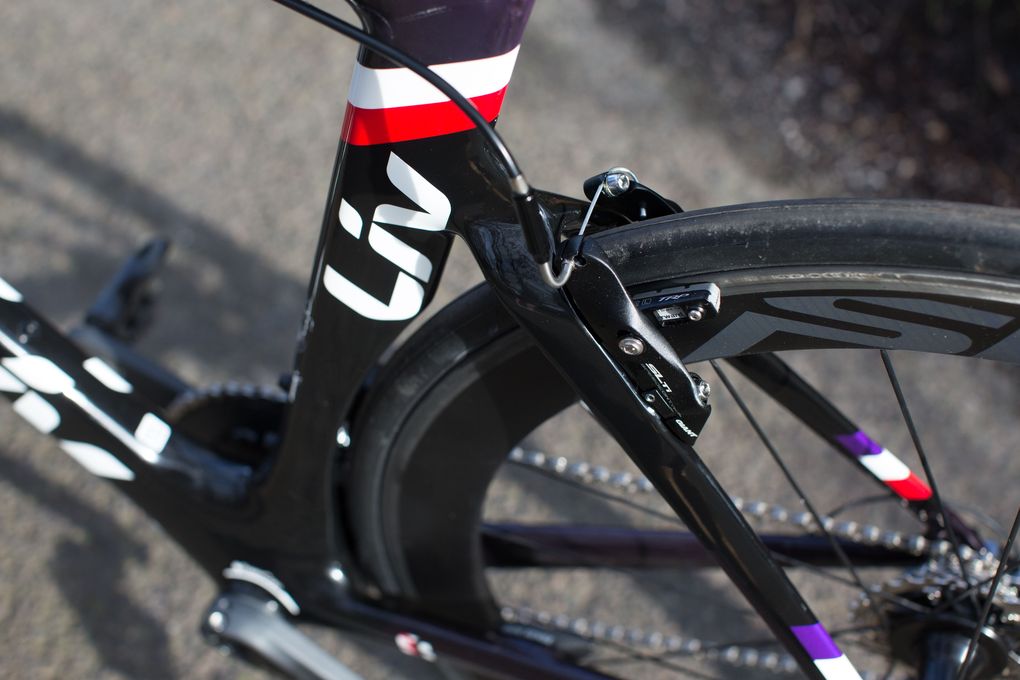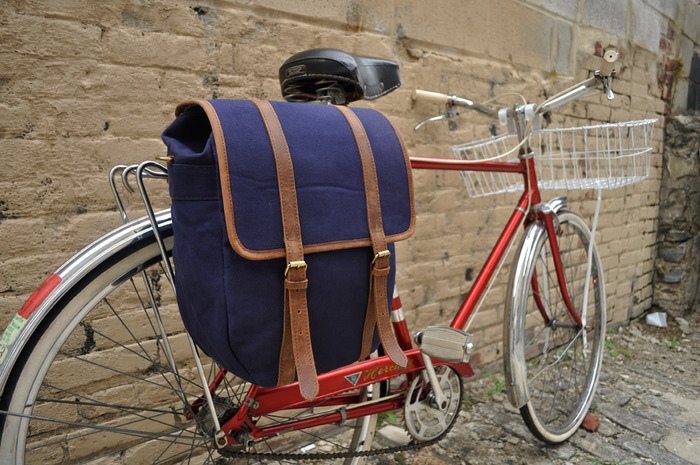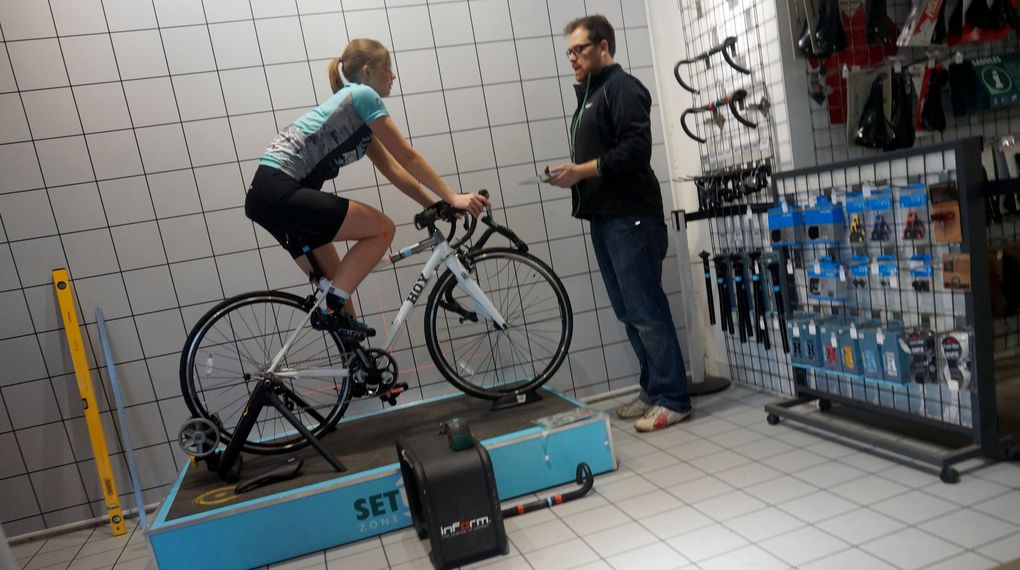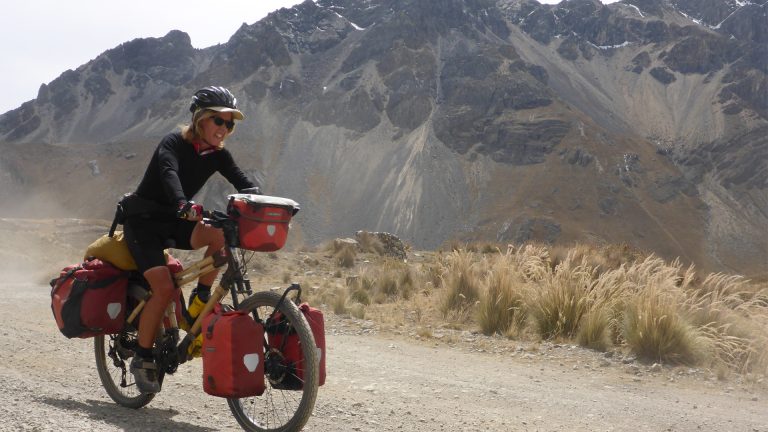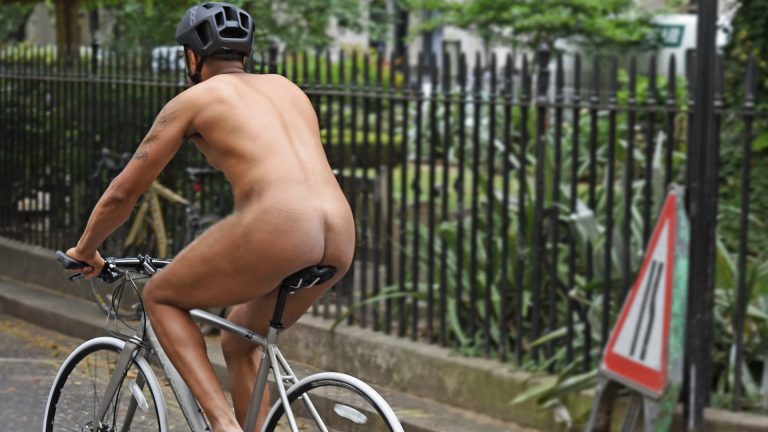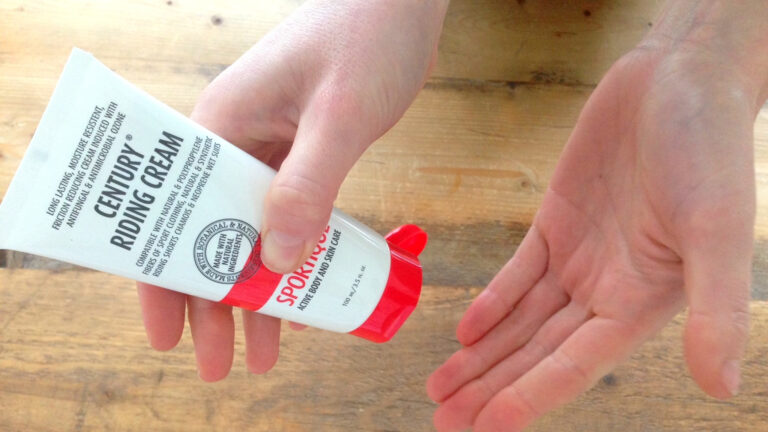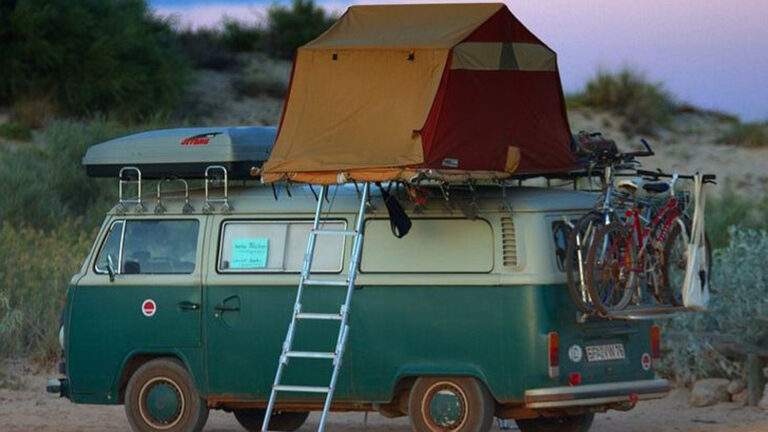Buying a new bike is always an exciting process – but it can be a little mind boggling and confusing – even if it’s far from your first purchase.
Having a clear idea in your head of exactly what you’re looking for, before you take the plunge and visit a bike shop with your credit card in hand, will help you to make the right decision. If you know what you want before you start, you’re much more likely to wheel away a bike that you’ll love for years to come.
To help you create that picture perfect image of the bike you’re looking for, we’ve put together a list of questions you should ask yourself before you go shopping.
Take a look, and make sure you can answer each one, before you set a foot in the door of your LBS…
What sort of riding do I want to do?
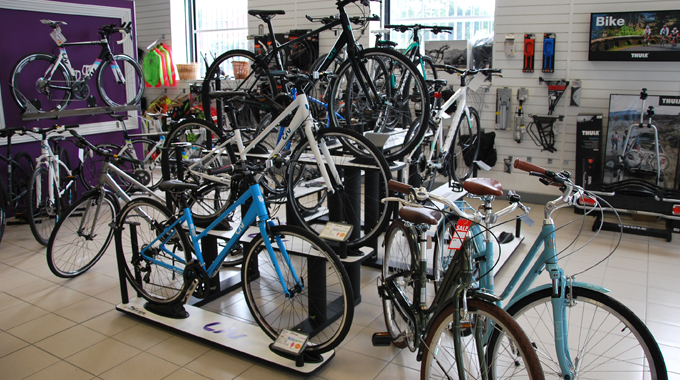
There are many styles of bike out there – and the vast majority are great fun to ride – provided they’re actually put to intended use. The bounce and mud-carving tyres of a full suspension mountain bike can make rocky downhill descents (almost) a piece of cake – but they’ll make commuting on flat tarmac roads a nightmare.
Before you shop: know what you want to use the bike for, so you can select the right style for you. Here’s a very brief description of the most common styles (you’ll find more detailed info here):
Road bike: Skinny tyres, drop handlebars, lightweight frame. Good for riding on tarmac, climbing and these bikes provide lots of hand positions for descending and cornering. Geometry varies greatly – with aggressive positions on race bikes and more relaxed positions on endurance bikes. Endurance bikes may also have wider tyres for added comfort, disc brakes are becoming more common and offer better stopping – but you can’t enter British Cycling races with them.
Adventure/Gravel bike: A super relaxed road bike, with wide tyres – so you can enjoy riding it on the road and taking it down some gravel paths, or through parks. Jack of all traders, master of none.
Cyclocross bike: A lot like the above, but made for actually racing off-road. Higher bottom bracket, wider, more mud-ready tyres. Great for enjoying on the trails. Fit road tyres for rides on the tarmac and you’ve got an alright road bike – but will never handle quite as well on the smooth stuff.
Hybrid Bike: Lightweight frame like a road bike, with flat handlebars like a mountain bike. Ideal for whizzing around city streets in a ‘heads up’ position. Some have slick tyres and are much like road bikes in the frame, others have suspension and wider tyres like mountain bikes. Decide how much you expect to ride on the road vs off road to deduce what’s best for you.
Dutch bike / Sit up and beg bike: Very upright position, and often lots of space for storage plus convenient features such as hub gears that require less maintenance and chain guards to keep trousers clean. Usually very heavy, with few gears. Avoid if you live near hills.
Hardtail mountain bike: Often the first mountain bike in your collection, lighter so easier on the hills, but won’t bounce so well over technical terrain. If you’re just starting out, or want a lightweight bike for cross country racing, this is for you. Wheel sizes available are 26”, 27.5” and 29” – bigger wheels take longer to get up to speed but are faster when going.
Full suspension mountain bike: If you’re after tackling technical terrain, a full-sus will be your friend. Same applies with the wheel – and the greater travel provided, the more adventurous you’ll be able to be with your trails.
BMX / Track / Time trial / Downhill bike: If you have to ask, you probably don’t need/want one

